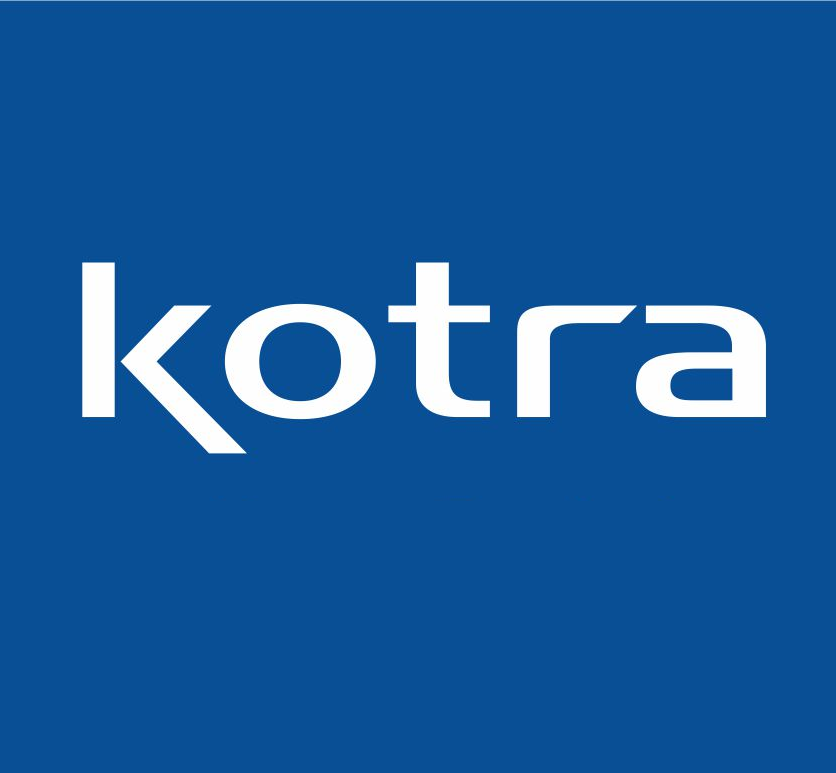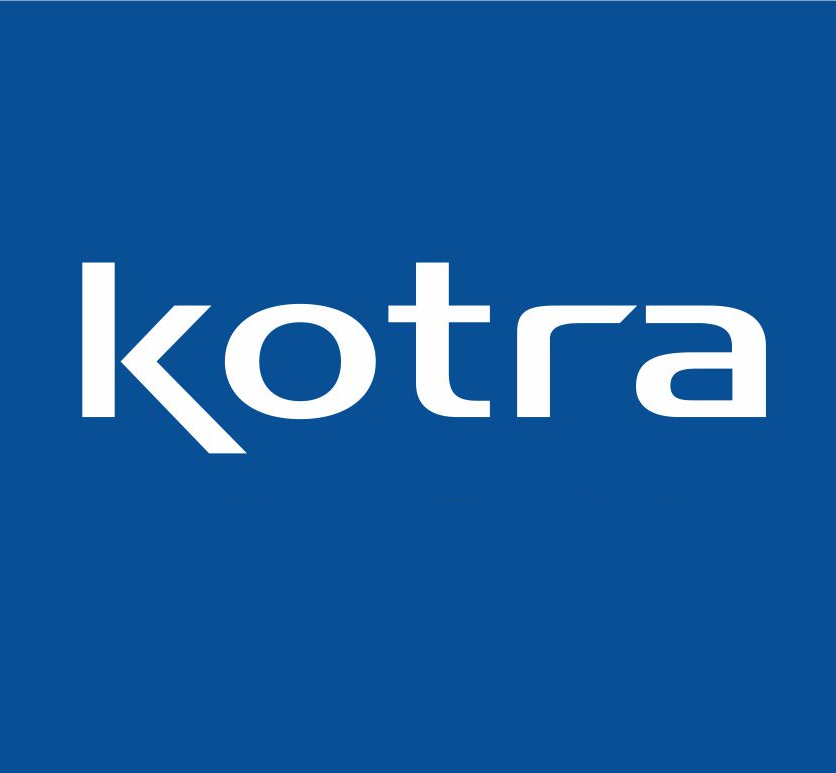The Synthetic Polymer Wax Market futuret has witnessed a steady rise over the past decade, propelled by demand across packaging, coatings, adhesives, and consumer products. Characterized by consistent performance, cost-effectiveness, and versatility, synthetic polymer waxes are replacing traditional waxes in multiple industries. This ongoing transformation highlights the market’s adaptability and potential for sustained growth.
One of the pivotal drivers of expansion is the broad spectrum of polyethylene wax applications. These include functioning as dispersants, lubricants, and processing aids in plastics and rubber manufacturing. Polyethylene wax enhances product performance by improving flow properties, reducing viscosity, and delivering superior surface characteristics. In addition, its use in hot melt adhesives and printing inks continues to strengthen demand across industrial and commercial sectors.
The Asia-Pacific region leads global growth, backed by its robust plastics and packaging industries. Rising infrastructure investment and consumer demand in countries like China and India are increasing production capacities and accelerating imports of synthetic polymer waxes. Meanwhile, North America and Europe remain strong markets due to steady technological adoption and emphasis on high-quality industrial solutions.
Ongoing innovations are also shaping market dynamics. Manufacturers are increasingly focused on bio-based and sustainable alternatives, aligning with stricter environmental regulations and consumer preferences. At the same time, advancements in polymerization techniques are enabling the production of synthetic waxes with tailored properties, meeting the specific needs of diverse industries.
Looking ahead, the Synthetic Polymer Wax Market is set for consistent growth as its applications continue to expand. Industries will benefit from the combination of performance reliability and adaptability, making these waxes essential in both mature and emerging sectors worldwide.


